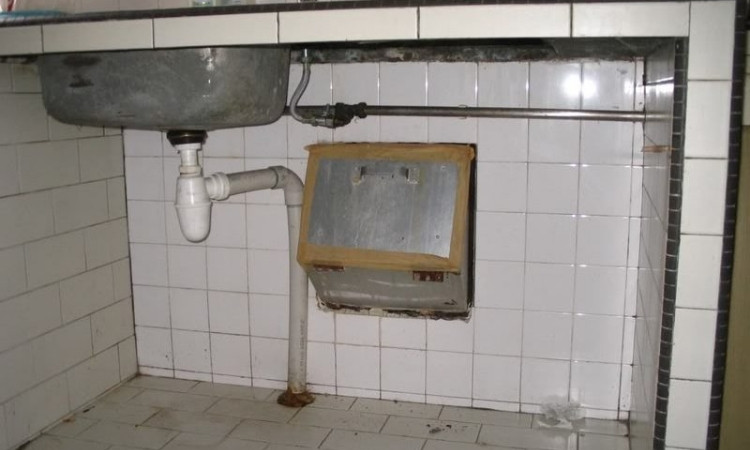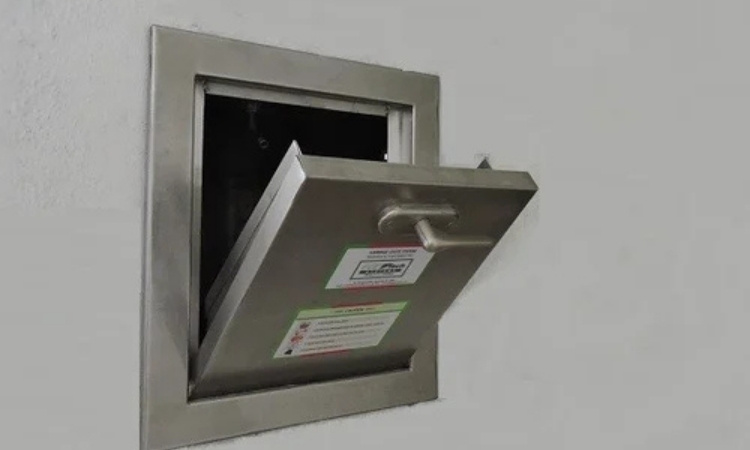HDB rubbish chute problems can cause inconvenience and frustration for homeowners in Singapore. As someone who’s lived in an HDB flat for years, I’ve had my fair share of rubbish chute troubles. These issues, though common, often go unnoticed until they disrupt daily routines or create unpleasant situations.
Let’s explore the most common HDB rubbish chute problems, their underlying causes, and step-by-step solutions you can try at home (or when to call in the experts).
Common HDB Rubbish Chute Problems and How to Address Them
1. Persistent Odors That Won’t Go Away
Some of the most frequent complaints regarding rubbish chutes in HDB include lingering smells. These smells come from the accumulation of food scraps, grease, and liquid wastes inside the chute. Due to Singapore’s warm climate, decomposition is rapid, which actually aggravates the problem.
The presence of even the smallest amount of residue can potentially create major smell problems. Also, Affordable Rubbish Chute Singapore specializes in rubbish chute repair and replacement services in Singapore.
Why It Happens:
Food waste, particularly wet waste, often leaks from poorly tied garbage bags. This waste adheres to the walls of the chute, breaking down and releasing foul odors over time.
Solution:
- Clean your chute at least once a month with a homemade cleaner. Clean the residue with a solution made of warm water, white vinegar, and baking soda.
- Always use tightly sealed garbage bags for food waste and double bags, especially for smelly items like seafood.
- Place a small activated charcoal pouch next to the chute to help eliminate odors efficiently.

2. Clogging and Blockages
One of the most frequent problems associated with HDB rubbish chute is blockages which are a result of incorrect disposal of large and non-uniform objects.
They include; pizza boxes, large cardboard packaging, or trash bags that contain food waste or other wastes that block the chute and cause waste to pile up.
Why It Happens:
When oversized or improperly disposed items get stuck, smaller waste builds up around them, creating a full blockage that prevents proper waste disposal.
Solution:
- Prevention First: Put all large items into small and manageable sizes before tossing them into the chute-like compressing cartons. Do not overfill the garbage bags.
- DIY Fix: Use a long stick or pole to open minor blockages near the chute’s opening.
- For deeper or stubborn clogs, hire professional cleaning services. Such experts can fix HDB rubbish chute problems using tools such as a suction system or a motorized auger.
3. Damaged or Misaligned Rubbish Chute Covers
A malfunctioning rubbish chute cover is a frequent contributor to problems with HDB rubbish chutes. Over time, rust, misalignment, or broken hinges can cause the chute to seal improperly, allowing odors and pests to escape into your home.
Why It Happens:
The humid climate in Singapore accelerates rusting and corrosion. Repeated slamming of the chute door can also weaken the hinges or alignment over time.
Solution:
- Regularly inspect the chute cover for rust or signs of wear and tear. Tighten loose screws or hinges as needed.
- Replace old covers with rust-resistant stainless steel models, which last longer and seal odors better.
- Consider using any type of lubrication that will ease the performance of the hinge, such as WD 40.
4. Pest Infestations in the Rubbish Chute
Another common HDB rubbish chute issue is pest infestation. Cockroaches, ants, rats, and other rodents are attracted to the warm and damp atmosphere, especially if food waste is not properly bagged.
Why It Happens:
Food remnants or spills from unsealed garbage bags act as a buffet for pests. Gaps or cracks in the rubbish chute cover also allow pests to enter homes easily.
Solution:
- Seal Your Waste: Make sure to twine the food waste bags as tight as possible and place one bag into another to keep odors and crumbs contained.
- Pest-Proof Your Chute: Replace your chute cover with one that features tight rubber seals to block pests.
- Hire professional pest control services to regularly treat the chute and surrounding areas with eco-friendly repellents.

5. Noise Complaints from the Rubbish Chute
The clanging noise of garbage hitting the chute’s walls can be surprisingly disruptive, especially during nighttime. Heavy or hard items amplify this noise as they fall down the chute.
Why It Happens:
The majority of the rubbish chutes in the HDB buildings are metallic and the sound of a falling object bouncing at the bin increases its loudness. Other factors such as improper disposal also play a part in noise making, for instance, tossing around objects which are heavy.
Solution:
- Install noise-dampening liners, typically made of rubber or foam, inside the chute to absorb the impact of falling debris.
- Encourage neighbors to dispose of heavy waste during the day. Adding a notice near the chute can act as a polite reminder.
Why Addressing HDB Rubbish Chute Problems Is Essential
HDB rubbish chute problems should be addressed before worsening into major hygiene issues, pest invasions, and poor living conditions. Proper management of your rubbish chute is essential to keep your home clean and comfortable.
Also, ensure that it does not experience any interruption. You also avoid the costly dangers of these issues going unnoticed until it’s time for repairs to be made.
Closing Thoughts
Dealing with HDB rubbish chute problems in Singapore may seem daunting, but with regular maintenance and proactive measures, these issues can be easily managed. Solving issues such as bad smell, blockage and pests as early as possible will make your house hygienically much better.
Whether through DIY efforts or professional services, staying on top of your rubbish chute maintenance will save you time, money, and headaches in the long run.

